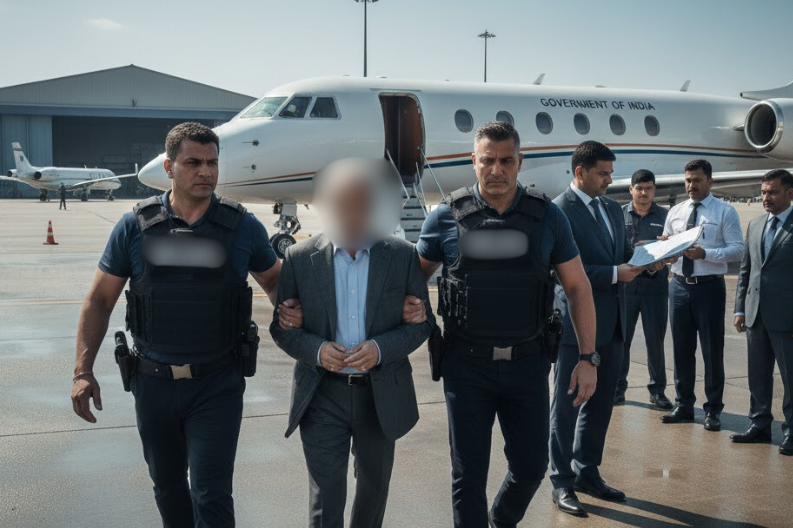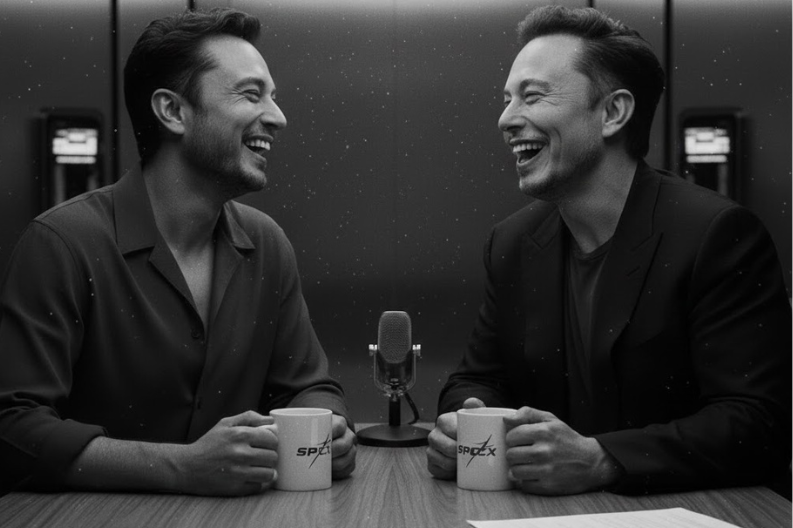The investigation reveals details about Delhi blast linked to Dr. Umar as new information emerges about what happened on November 10 near the Red Fort Metro Station. Dr. Umar Muhammad, a resident of Koil village in Pulwama, is the main suspect. He drove a Hyundai i20 that later exploded on Netaji Subhash Marg, raising major security concerns across the capital.
Investigators are now studying the three hours Umar spent inside the Red Fort parking area. His car entered at 3:19 p.m. and stayed until 6:22 p.m. Because this gap in time is crucial, officers want to understand if Umar made calls, met someone, or observed the surroundings. They also want to know if he waited for a crowded time slot before moving.
Although the area usually stays busy, November 10 was a Monday, and the Red Fort was closed to visitors. Therefore, the parking zone remained quiet. This unexpected situation forced him to shift his plan. Instead of staying there, he drove toward Netaji Subhash Marg, which connects the Red Fort and Chandni Chowk.
Sources say he assembled explosives inside the vehicle while still in the parking lot. They also believe he communicated with group members during this time. Because recent arrests may have caused panic in the network, Umar possibly acted sooner than planned.
Shortly after leaving the lot, the explosion took place, leading to multiple casualties and injuries. This incident once again raised questions about safety in high-footfall areas, especially around historical sites like the Red Fort, a UNESCO heritage location.
Authorities are now trying to learn why Umar chose such a closely monitored location for preparation. They are asking whether he expected support from others, needed guidance for the final steps, or simply avoided crowded spots to avoid suspicion. Officers from the Delhi Police and central agencies are working together to trace each detail.
Moreover, investigators are checking whether the suspect used encrypted platforms, including a Telegram group, to stay in touch with others. They want to identify every person connected to this operation. Since sleeper cells may exist in parts of North India, officials are carefully tracking communication patterns.
The case has revealed a larger network stretching from Jammu and Kashmir to Haryana. Because such networks often work secretly, authorities must follow every lead. Teams are looking into how the explosives reached the city, who transported them, and how long the planning took.
Security agencies are also studying CCTV footage from inside the parking zone, nearby markets, and roads leading to the Red Fort. Since the car stayed in one place for hours, they want to examine all the movement around it.
In addition, officers are checking whether Umar visited Delhi earlier, stayed in nearby cities like Faridabad, or got local support. They are also reviewing mobile tower locations to verify the calls he made during those three hours.
Investigators believe that the timing and location suggest the group wanted to strike at a crowded spot. However, the closure of the Red Fort changed the movement of people that day. Therefore, the attackers may have adjusted their plan quickly.
The blast also triggered new conversations about public safety in major cities. Many experts say busy areas need more surveillance, strong alert systems, and quick information-sharing between agencies. Since large monuments attract thousands daily, security must stay updated.
Meanwhile, authorities urge citizens to stay aware and report anything unusual. They believe that public cooperation can help prevent such incidents before they occur, especially in crowded zones.
In conclusion, the investigation reveals details about Delhi blast linked to Dr. Umar and continues to uncover important clues about the planning, communication, and movement of those involved. As officers follow new evidence, they hope to identify the entire network and strengthen safety measures to protect the city.



